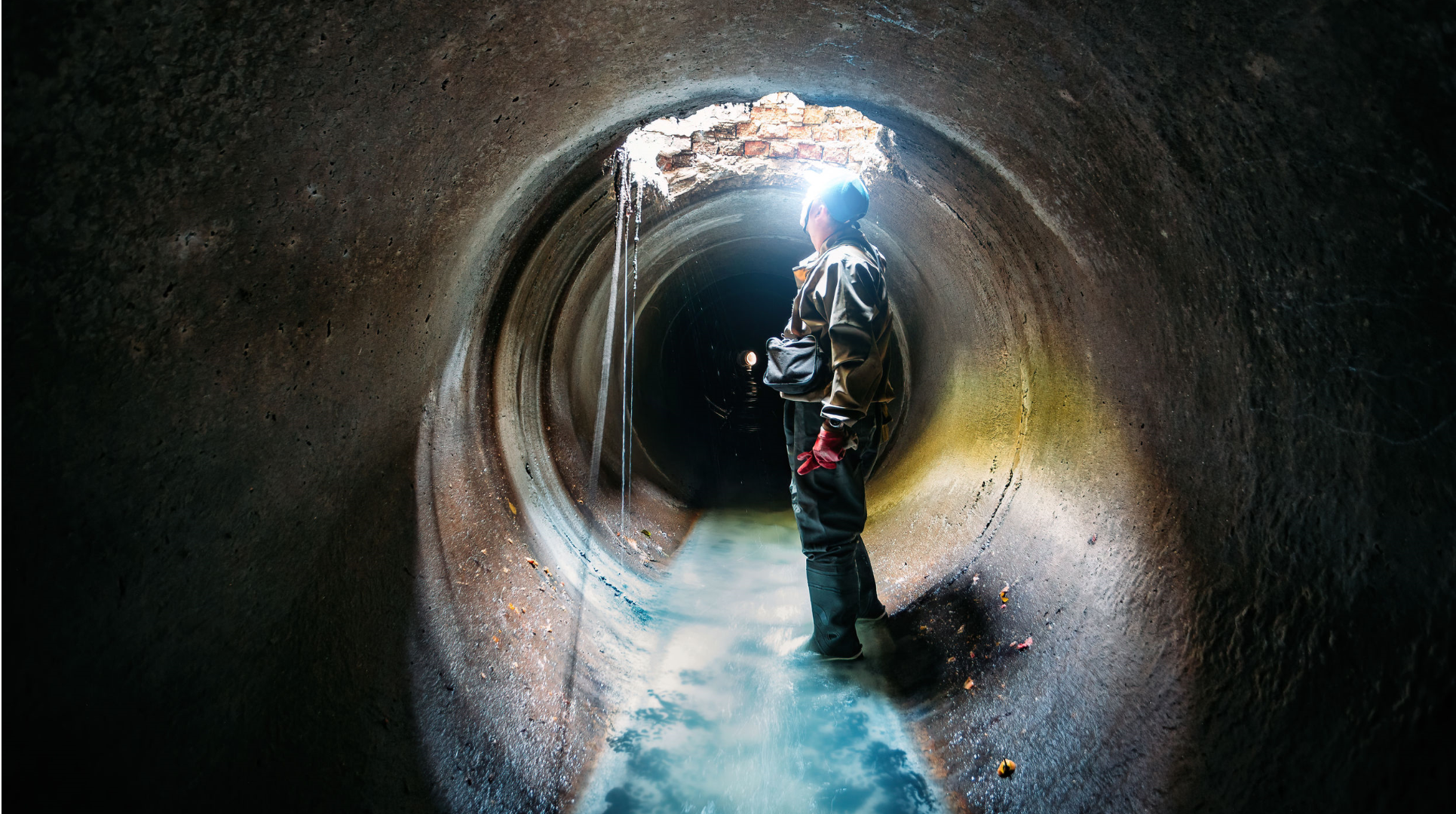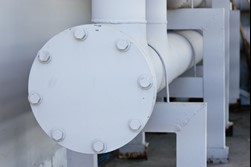


Employers and employees must be able to identify a confined space, implement an effective code of practice, and provide or follow instructions and training to protect the health and safety of everyone in the workplace. The majority of deaths in confined spaces result from oxygen deficiency and lack of air quality testing. More than half of those who die in confined spaces do so trying to rescue fellow employees.
“Confined space” means, other than a development heading in an underground mine and excavations, heating, ventilation and air conditioning (HVAC) plenums and related ventilation ductwork, crawl and attic spaces with openings to outside allowing for continuous passive ventilation and other similar structures provided that there are no factors that could lead to the presence of an atmospheric or other hazard, an area that
“blank flange” means a solid plate installed through the cross-section of a pipe, usually at a flanged connection
“blind flange” means a solid plate installed at the end of a pipe that has been physically disconnected from a piping system
262.061(1) The atmosphere of a confined space is within acceptable limits if

(h) the entry of any liquid, free flowing solid or hazardous substance into the confined space in a quantity that could endanger the health or safety of the employee has been prevented by a secure means of disconnecting the pipes adjacent to the confined space or fitting blank flanges or blind flanges to the pipes adjacent to the confined space.